Burbank Plum Tree
- June 16, 2023
- 0 comment

Common Name: Burbank Plum Tree
Botanical Name: Prunus salicina ‘Burbank’
Family: Rosaceae
Plant Type: Deciduous fruit tree
The Burbank Plum tree, scientifically known as Prunus salicina ‘Burbank,’ belongs to the Rosaceae family. This deciduous fruit tree is celebrated for its beautiful blossoms and delicious plums. Let’s delve into the various aspects of this remarkable tree and uncover its unique characteristics.
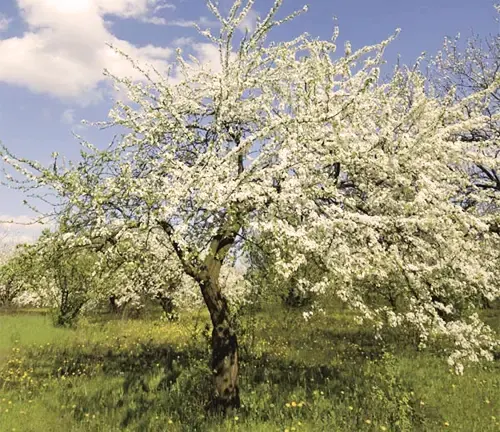
Mature Size and Growth Rate
The Burbank Plum tree can reach a height of 20 to 25 feet (6 to 7.6 meters) and spread up to 15 to 20 feet (4.5 to 6 meters). Its growth rate is moderate, allowing it to establish a well-rounded shape over time.
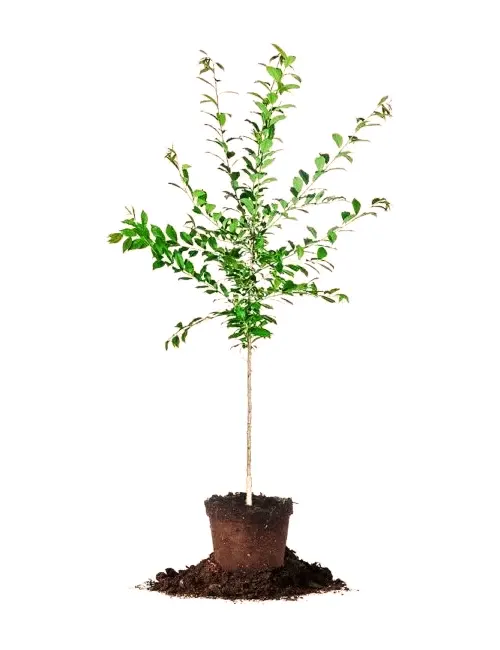
Soil Type and Soil Preference
This plum tree thrives in well-drained soils, preferably loamy or sandy, but it can tolerate a range of soil types. It appreciates slightly acidic to neutral soil pH levels.
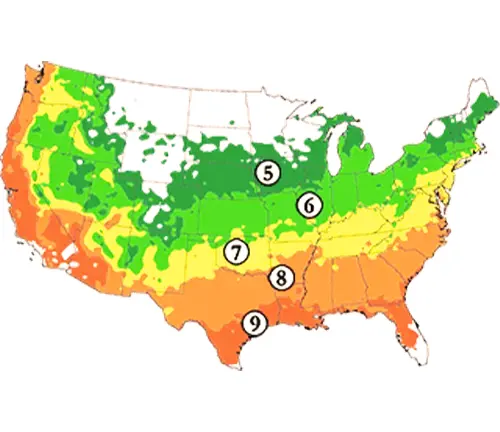
Hardiness Zones
The Burbank Plum tree is well-suited to USDA hardiness zones 5 to 9. It can tolerate cold winters and warmer summers, making it adaptable to a wide range of climates.
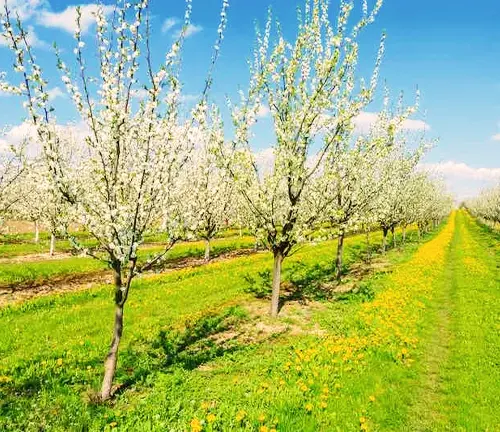
Sun Preference
This fruit tree flourishes in full sun, requiring at least six hours of direct sunlight per day for optimal growth and fruit production.

Attributes
The Burbank Plum tree boasts numerous attractive attributes. In early spring, it showcases an abundance of fragrant white or pink blossoms, transforming the tree into a breathtaking sight. Following the blossoming phase, the tree bears medium to large-sized plums with juicy flesh and a sweet-tart flavor.
Characteristics
The Burbank Plum tree exhibits a rounded canopy with glossy green leaves that turn yellow in the fall. Its flowers are typically five-petaled and emit a delightful fragrance. The plums themselves come in varying shades of red, purple, or yellow and have smooth skin with a firm, juicy interior.
Wildlife Value
The plum tree’s blossoms serve as a valuable food source for bees and other pollinators. Additionally, the ripe fruits attract various wildlife, including birds and small mammals.

Care
To ensure the Burbank Plum tree thrives, regular watering during dry periods is crucial, especially during its first few years. Applying organic mulch around the base of the tree helps retain moisture and suppresses weed growth. Pruning should be done during the dormant season to shape the tree, remove dead or diseased branches, and promote airflow.
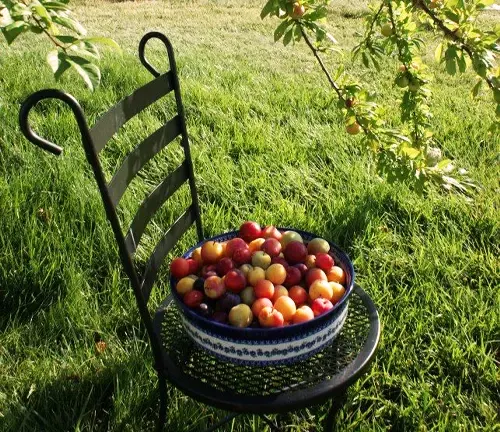
Benefits
Apart from being an ornamental tree, the Burbank Plum tree offers numerous benefits. Its delicious fruits can be enjoyed fresh, used in jams and jellies, or even dried for later consumption. These plums are packed with vitamins, minerals, and dietary fiber, making them a healthy addition to any diet.
Invasive
The Burbank Plum tree is not considered invasive. It is a cultivated fruit tree that requires human intervention for propagation and maintenance.
Lifespan
Under optimal growing conditions and proper care, the Burbank Plum tree can live for several decades. With regular maintenance and attention to its needs, it can provide bountiful harvests for many years.
Disadvantage
One potential disadvantage of the Burbank Plum tree is its susceptibility to certain pests and diseases. However, with appropriate care and preventative measures, these issues can be minimized or controlled effectively.
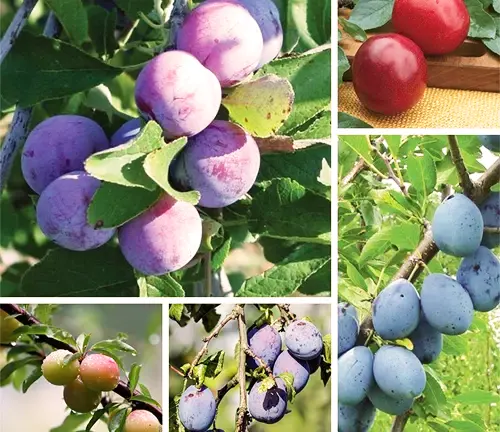
Edible or Not
The fruits of the Burbank Plum tree are indeed edible. Once fully ripened, they offer a delightful combination of sweetness and acidity that tantalizes the taste buds.
Habitat Requirements
The Burbank Plum tree requires well-drained soil and ample sunlight. It thrives in temperate climates but can adapt to various growing conditions within its recommended hardiness zones.
Name Origin
The Burbank Plum tree is named after its creator, Luther Burbank, a renowned American horticulturist and botanist. Luther Burbank developed this cultivar through extensive crossbreeding and hybridization techniques.
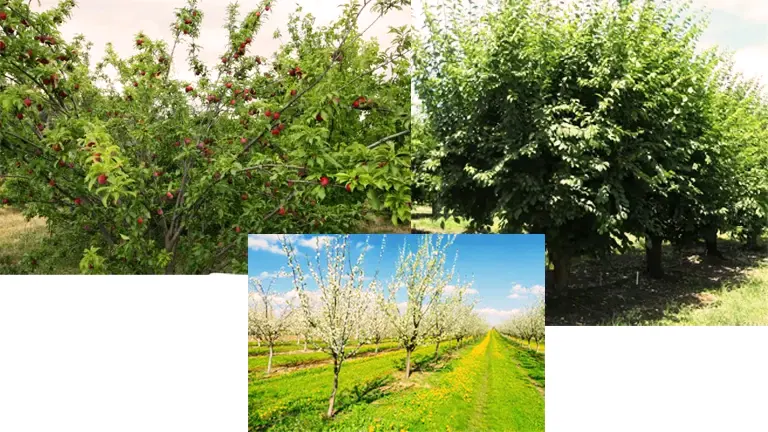
Varieties
While the ‘Burbank’ cultivar is the most well-known, there are several other varieties of Prunus salicina available, each with its own unique flavor, color, and size characteristics. Some popular varieties include ‘Methley,’ ‘Santa Rosa,’ and ‘Shiro.’
Pruning
Pruning the Burbank Plum tree is essential for maintaining its shape, removing dead wood, and promoting healthy fruit production. It is recommended to prune during the dormant season to minimize stress on the tree.
Propagating
The Burbank Plum tree can be propagated through several methods, including grafting, budding, or hardwood cuttings. These techniques allow for the replication of desired characteristics and ensure consistency in the resulting trees.
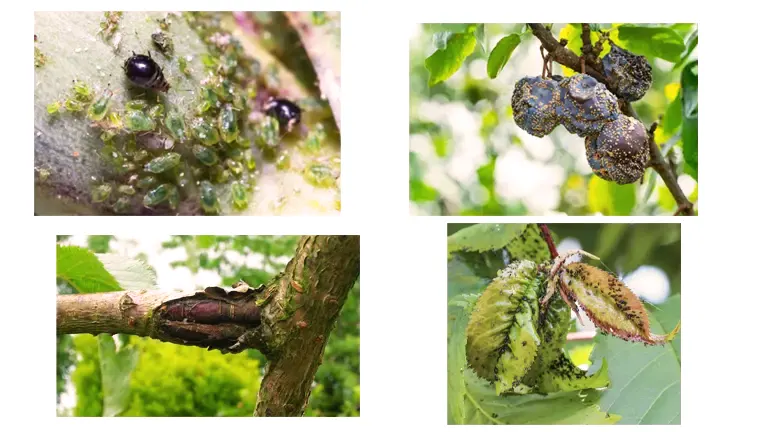
Common Pests & Diseases
The Burbank Plum tree can be susceptible to pests such as aphids, plum curculios, and peach tree borers. It is also prone to diseases like brown rot, plum pox virus, and bacterial canker. Regular monitoring, proper sanitation, and targeted treatments can help manage these issues effectively.
Fun Facts:
- Luther Burbank introduced the Burbank Plum tree in the late 19th century, and it quickly gained popularity for its excellent fruit quality.
- The Burbank Plum tree played a significant role in Luther Burbank’s extensive plant breeding experiments, leading to the development of numerous new plant varieties.
- This plum tree has been cultivated around the world and has made its mark in various culinary traditions.
Frequently Asked Questions:
- Q: Can I grow a Burbank Plum tree in a container?
A: While it is possible to grow a Burbank Plum tree in a container, it may restrict its growth and productivity. It is best suited for planting in the ground where it has room to spread its roots. - Q: How long does it take for a Burbank Plum tree to bear fruit?
A: Typically, the Burbank Plum tree starts bearing fruit within three to four years after planting, though it may take slightly longer in some cases. - Q: Can I grow a Burbank Plum tree from a seed?
A: While it is technically possible to grow a Burbank Plum tree from seed, the resulting tree may not exhibit the desired characteristics of the parent cultivar. It is recommended to propagate through grafting or budding for consistent results.
The Burbank Plum tree is a treasure in the world of fruit trees, offering both aesthetic beauty and delectable plums. With proper care and attention, this tree can be a delightful addition to any garden or orchard, providing years of enjoyment and an abundant harvest.


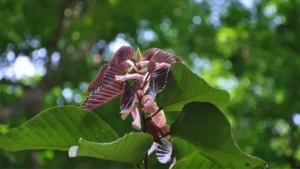
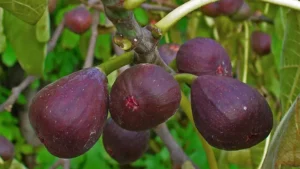
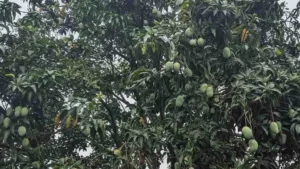
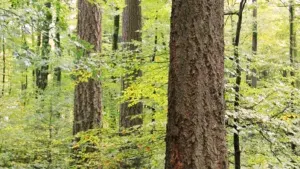
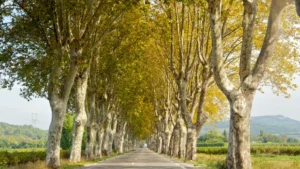
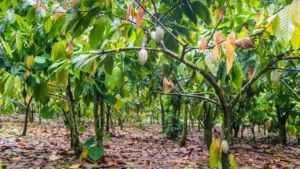


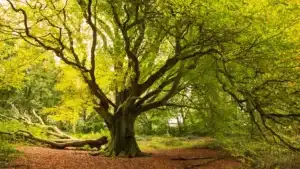
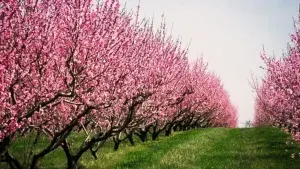


Leave your comment